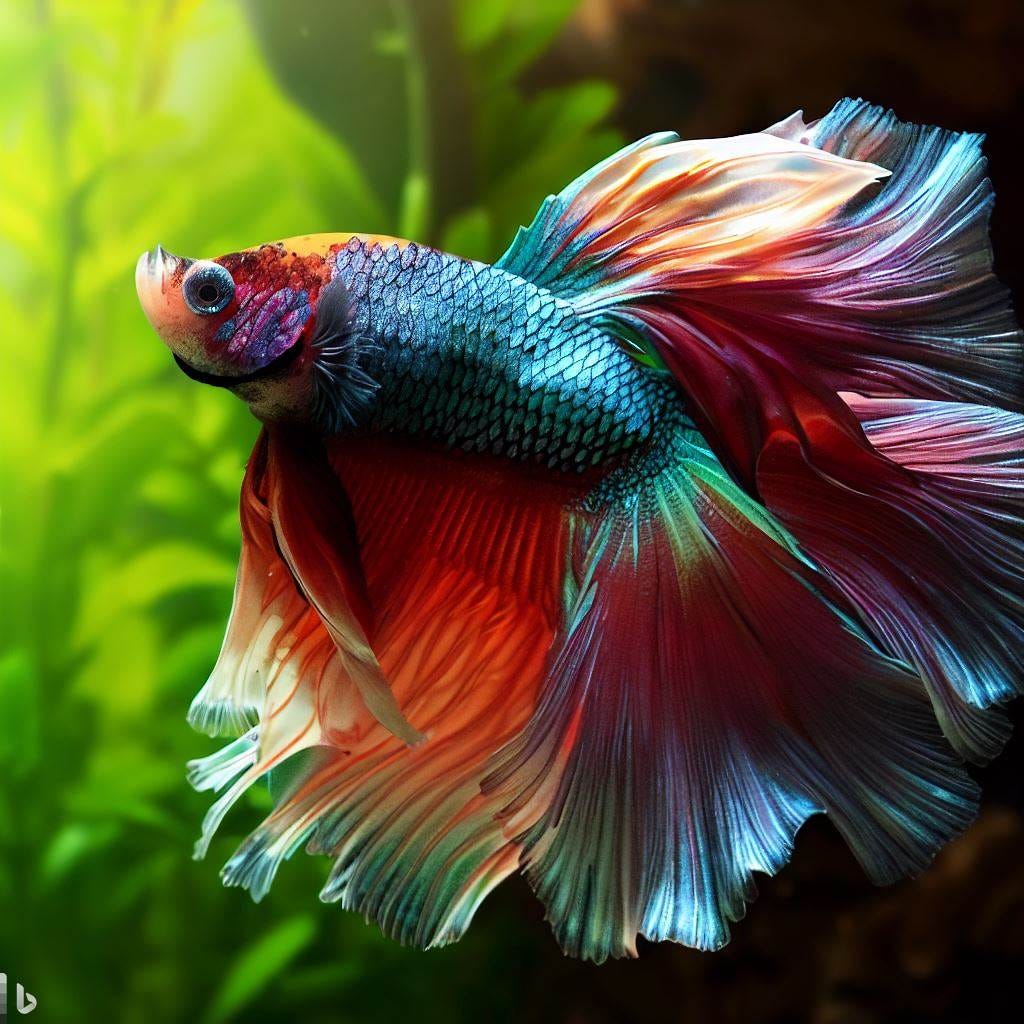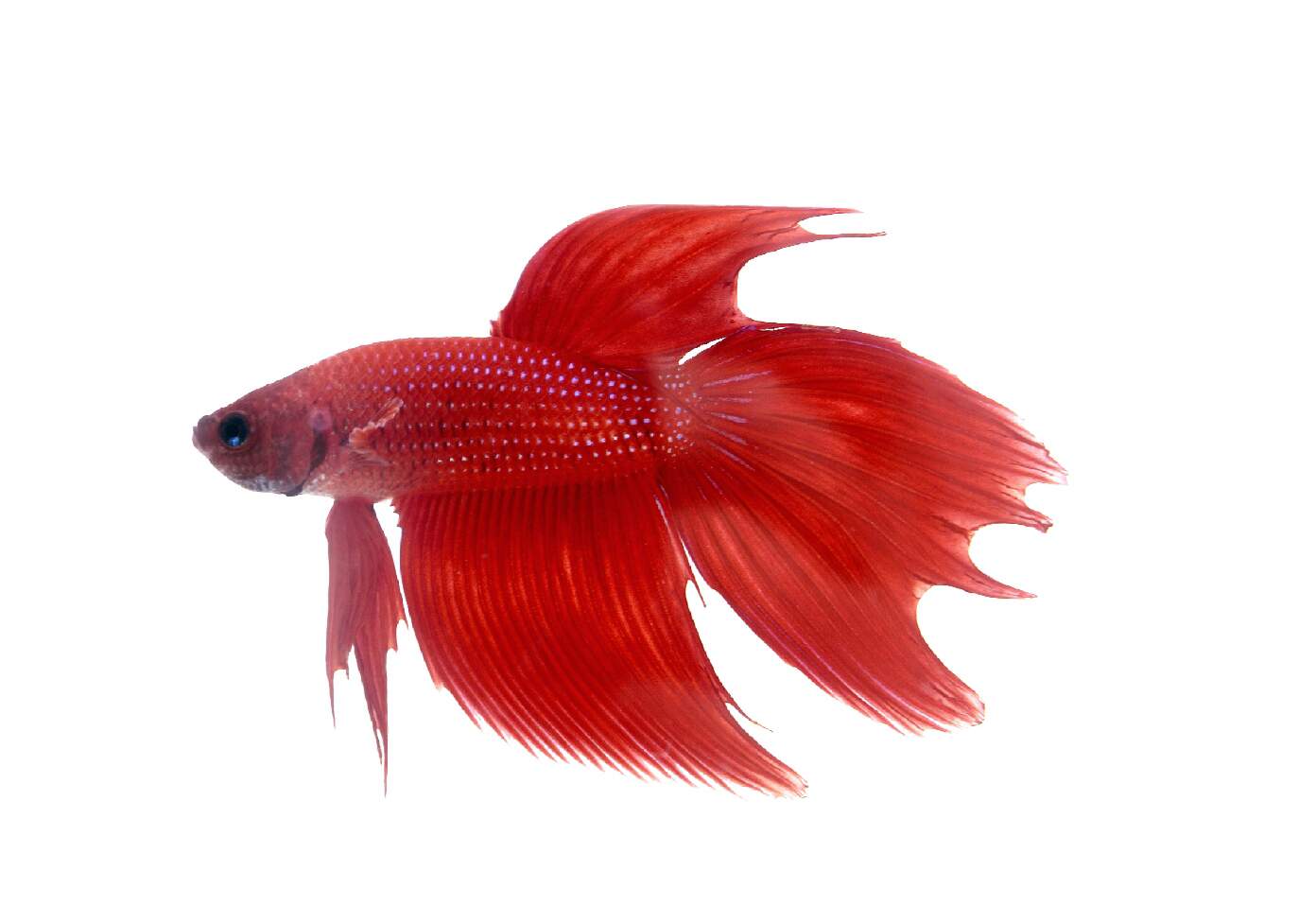The Ultimate Betta Fish Treatment Overview for New Animal Owners
The Ultimate Betta Fish Treatment Overview for New Animal Owners
Blog Article
Breeding Betta Fish: a Comprehensive Step-By-Step Overview to Effectively Raising Child Bettas From Eggs to Adulthood
Breeding Betta fish is a thorough undertaking that needs cautious planning and execution to make sure the successful advancement of fry from eggs to grow fish. Picking genetically diverse reproduction couple with desirable characteristics is only the start; developing an ideal environment and understanding the intricacies of the breeding procedure are just as crucial. As the male Betta faithfully constructs a bubble nest and guards the valuable eggs, the succeeding phases of treatment and transition demand focus to information and knowledge of ideal techniques. How does one navigate the tough yet gratifying course of supporting these lively animals to adulthood?

Selecting Breeding Pairs
When starting the trip of reproducing Betta fish, choosing the ideal reproduction pairs is critical to achieving desirable characteristics and a healthy family tree - betta fish. The first action in this process is to recognize the specific characteristics you want to boost or preserve, such as shade, fin type, and physique. It is important to select genetically diverse pairs to stay clear of inbreeding, which can result in health and wellness concerns and undesirable qualities
Examine possible breeding candidates meticulously. A healthy and balanced male Betta should display dynamic shades, an energetic temperament, and well-formed fins, while the female must additionally present dynamic pigmentation and a rounded belly, indicating preparedness for spawning. Observing the character of both fish is important, as aggressive or overly timid individuals may not reproduce effectively.
Maintaining documents of the parent fish's origins can assist you track genetic traits and possible issues. Inevitably, investing time in the selection process will dramatically enhance the likelihood of producing strong, vivid spawn that satisfy your breeding objectives.

Preparing the Breeding Tank
Developing an ideal breeding setting is an essential action after selecting appropriate sets for Betta fish. The breeding storage tank ought to be specifically developed to offer comfort and promote the natural reproduction behaviors of the fish. Begin with a container size of at least 10 gallons to ensure appropriate area for both the male and female Bettas.
Keep a mild filtration system to maintain the water clean while preventing strong currents that can worry the fish. Additionally, an air stone can be included to supply oxygenation without interrupting the water surface area too a lot.
Temperature guideline is important; go for a steady variety of 78-82 ° F(25-28 ° C) utilizing a reputable heating system. The pH level must be maintained between 6.5 and 7.5, and routine water changes are needed to ensure high water high quality.
Include drifting plants or spawning mops to produce concealing places for the lady, while also urging bubble nest building by the male - betta fish. Ensure the tank is cost-free from sharp decors and any prospective dangers, as the welfare of the fish ought to always be prioritized during this crucial phase of breeding.
The Reproduction Refine
Normally, the reproducing procedure for Betta fish entails a collection of distinct and observable behaviors that go to this web-site indicate preparedness for reproduction. The male Betta starts by building a bubble nest at the water's surface, which serves as a website for the fertilized eggs. This nest is crucial, as it offers a risk-free environment for the eggs till they hatch out.
Once the nest is established, the man will certainly show courtship habits, such as flaring his fins and exhibiting vivid colors to bring in the woman. The female, upon picking up the man's readiness, will react by presenting upright red stripes along her body, signifying her receptiveness.
When the women approaches, the male participates in a mating dance, commonly bring about an accept referred to as the "spawning." Throughout this embrace, the woman launches her eggs, which the male fertilizes promptly. The fed eggs after that are up to the bubble nest, where the male carefully collects and returns them to the nest. Following this, the male presumes obligation for protecting the nest and guaranteeing the safety and security of the eggs up until they hatch, typically within 24-36 hours. This stage is vital in the reproducing process, laying the structure for successful fry growth.
Taking Care Of Betta Fry
Looking after Betta fry calls for cautious focus to their environment and nourishment to make sure healthy growth and growth. After hatching out, Betta fry are incredibly small and vulnerable, requiring a steady and clean habitat. Maintaining a water temperature level between 78 ° F and 80 ° F is crucial, as Betta fry thrive in warm problems. In addition, ensure that the water is totally free of harmful toxic substances; regular water changes of 10-20% are advised to preserve optimal water top quality.
Feeding Betta fry is just as crucial. Originally, they should be supplied infusoria or carefully smashed top quality fry food, as their mouths are as well tiny to handle larger particles. As they expand, you can gradually present bigger foods, such as baby brine shrimp or powdered flakes, to ensure they obtain appropriate nutrition. Feed them tiny amounts numerous times a day, taking care not to overfeed, which can more tips here lead to water top quality concerns.
Transitioning to Adult Bettas
As Betta fry fully grown, transitioning them to adult Bettas is a vital stage that needs careful management of their setting and social communications. This procedure commonly starts when the fry get to around six weeks old, whereupon they can be slowly introduced to an extra structured living atmosphere.
To promote this shift, it is vital to make sure that the water parameters-- such as temperature, pH, and ammonia levels-- are optimal and steady. Grown-up Betta fish flourish in warm water (around 78-80 ° F) with a pH of 6.5 to 7.5. Gradually accommodate the fry to these conditions to reduce tension.
Social communications are an additional crucial aspect; male Bettas are notoriously territorial and aggressive. Consequently, it is recommended to different males right into specific tanks as they mature. try this website Female Bettas can be housed with each other, however treatment needs to be taken to keep an eye on for signs of aggressiveness.
In addition, dietary modifications need to be made as the fry expand. Include top notch pellets and live foods to support their growth and health and wellness. By taking care of these aspects effectively, you can advertise a successful transition to adulthood for your Betta fish.

Conclusion
Successful reproduction of Betta fish needs careful focus to detail throughout the whole process, from selecting genetically varied pairs to supplying optimal treatment for fry. Additionally, a well balanced diet and steady adaptation to grown-up atmospheres are crucial for the development and development of Betta fish.
Report this page